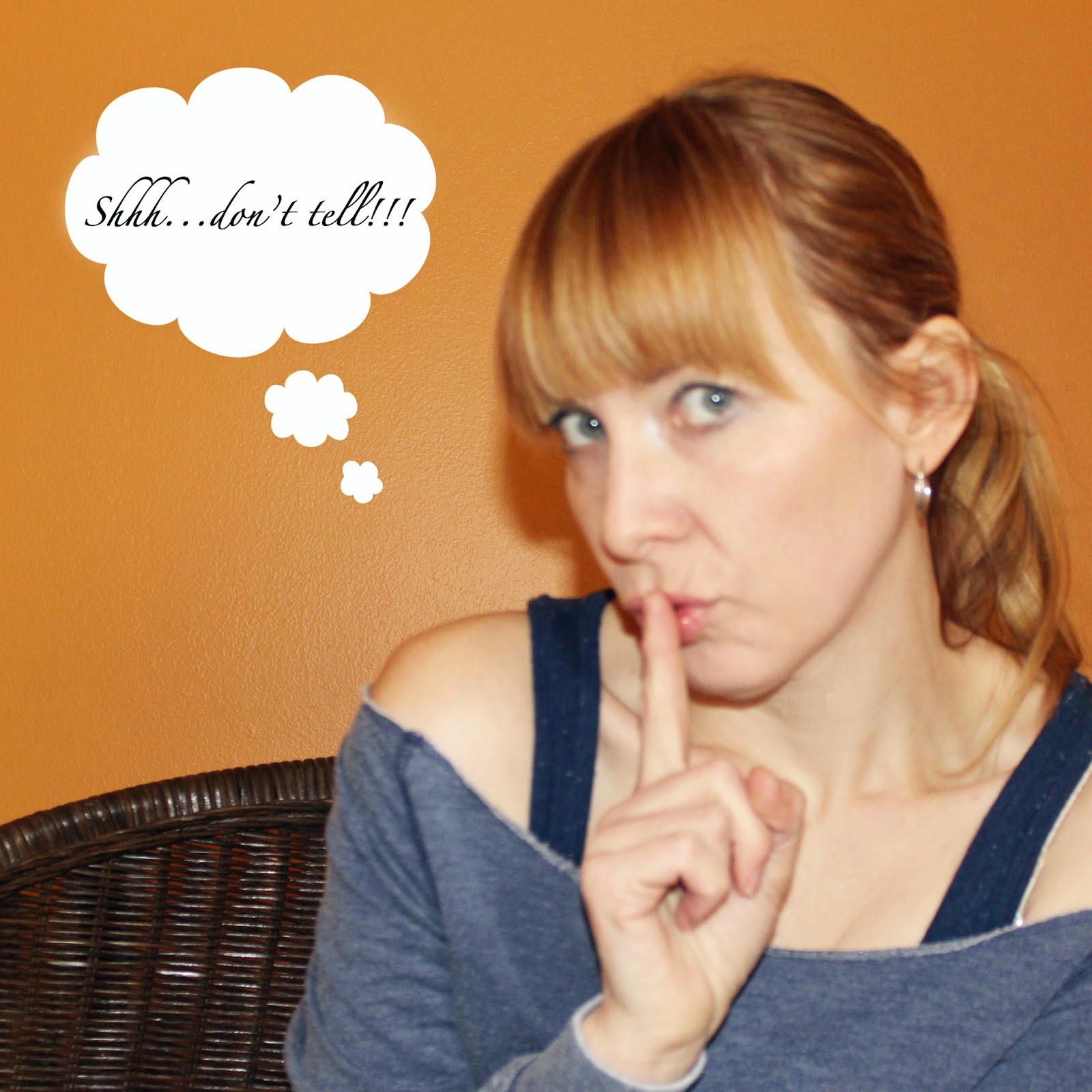Now that you've all been schooled on the basics of color theory...the fun can begin!!!
First let me say, that I am a HUGE fan of Americolor food colors. Why, you ask? Well, they are readily available in my area, they don't break the bank and they come in MANY colors. Colors make life fun and you can never have too many colors. NEVER!!!
However, there is something that bothers me about all brands of food colors. Have you ever picked up a bottle and added the color to your icing, only to find out that it doesn't look like the swatch or color listed? Colors aren't always what they seem and that can cause frustration and wasted icing. I thought it would be helpful, if I painted a swatch of each color to show you what the color looks like inside the bottle.
Now onto the topic of the week!!! Awhile back, I mentioned that sometimes our secondary colors look vibrant and sometimes they look muddy. The secret mystery to mixing the perfect color is called "Color Bias". If you haven't heard it before, you will be thanking me later...trust me.
Each of our "primary" colors (red, yellow and blue) will lean toward one of the secondary colors (orange, green and violet) that is to the left or right of that "primary" on the color wheel. Red will either be red-violet or red-orange. Yellow will either be yellow-orange or yellow-green. Blue with either be blue-green or blue-violet. The triangle on the color bias wheel (below), shows where the "primary" colors would be located on the traditional color wheel.
 |
| Color Bias Wheel (Primaries) - Clockwise: Xmas Red (Red-Violet), Tulip Red (Red-Orange), Egg Yellow (Yellow-Orange), Lemon Yellow (Yellow-Green), Sky Blue (Blue-Green), Navy Blue (Blue-Violet |
Red-orange (red + orange) for example, is made up of only two "primary" colors which is red and yellow (red + yellow = orange). This formula is true for each color bias (primary + secondary = tertiary). If we were to add a blue-green or a blue-violet to that red-orange, we would get a muddy color. This happens because orange (red + yellow) and blue are complementary colors. They will always produce a neutral color, such as brown or grey because you are adding all three "primary" colors together. What happens if we mix two colors that have the same color name in the mix, such as red-violet and a blue-violet? We would get a beautiful violet of course!!! Red-violet and blue-violet both carry violet (blue + red) as a dominant color. Here is a helpful chart to help remind you which colors are complementary. Remember...complementary colors produce neutrals, not vibrant colors.
Now, all you need to do is recognize what color bias our "primary" food colors lean towards and you'll get beautiful colors...every time. I took the liberty of making a chart for you, so you don't have to do any guesswork (you are very welcome:) This chart will be your BFF for when you mix your icing. Remember to use the colors with the same name for a vibrant color (Red-Orange and Yellow Orange = Vibrant Orange).

I mixed up some icing swatches using our "primary" food colors (shown in chart above) to show you how color bias works. I had so much fun mixing these colors...for I am such a nerd!!! Each secondary (orange, green, violet) color sample uses two "primary" colors. Take notice to which colors are vibrant, dull and neutral.
Orange (Red + Yellow)
 |
| "Primary" Lemon Yellow mixed with "primary" reds (1) Super Red (2) Red Red (3) Tulip Red (4) Xmas Red (5) Holiday Red (6) Burgundy |
 |
| "Primary" Electric Yellow mixed with "primary" reds (7) Super Red (8) Red Red (9) Tulip Red (10) Xmas Red (11) Holiday Red (12) Burgundy |
 |
| "Primary" Egg Yellow mixed with "primary" reds (13) Super Red (14) Red Red (15) Tulip Red (16) Xmas Red (17) Holiday Red (18) Burgundy |
 |
| "Primary" Gold mixed with "primary" reds (19) Super Red (20) Red Red (21) Tulip Red (22) Xmas Red (23) Holiday Red (24) Burgundy |
Green (Yellow + Blue)
 |
| "Primary" Royal Blue mixed with "primary" yellows (1) Lemon Yellow (2) Electric Yellow (3) Egg Yellow (4) Gold |
 |
| "Primary" Electric Blue mixed with "primary" yellows (5) Lemon Yellow (6) Electric Yellow (7) Egg Yellow (8) Gold |
 |
| "Primary" Sky Blue mixed with "primary" yellows (9) Lemon Yellow (10) Electric Yellow (11) Egg Yellow (12) Gold |
 |
| "Primary" Navy Blue mixed with "primary" yellows (13) Lemon Yellow (14) Electric Yellow (15) Egg Yellow (16) Gold |
Violet (Red + Blue)
 |
| "Primary" Royal Blue mixed with "primary" reds (1) Super Red (2) Red Red (3) Tulip Red (4) Xmas Red (5) Holiday Red (6) Burgundy |
 |
| "Primary" Electric Blue mixed with "primary" reds (7) Super Red (8) Red Red (9) Tulip Red (10) Xmas Red (11) Holiday Red (12) Burgundy |
 |
| "Primary" Sky Blue mixed with "primary" reds (13) Super Red (14) Red Red (15) Tulip Red (16) Xmas Red (17) Holiday Red (18) Burgundy |
 |
| "Primary" Navy Blue mixed with "primary" reds (19) Super Red (20) Red Red (21) Tulip Red (22) Xmas Red (23) Holiday Red (24) Burgundy |
Pretty cool...right?
I used equal parts of each "primary" color using a dropper, but you can make the colors lighter or darker by adding more or less food coloring. Now that you know about color bias and how to use it, you can make every color imaginable!!!
I can't wait to show you all the fabulous colors that you can create with your food colors. More icing experiments to come...so be sure to stop back and check them out!!!
Have a wonderful and colorful week:)
















